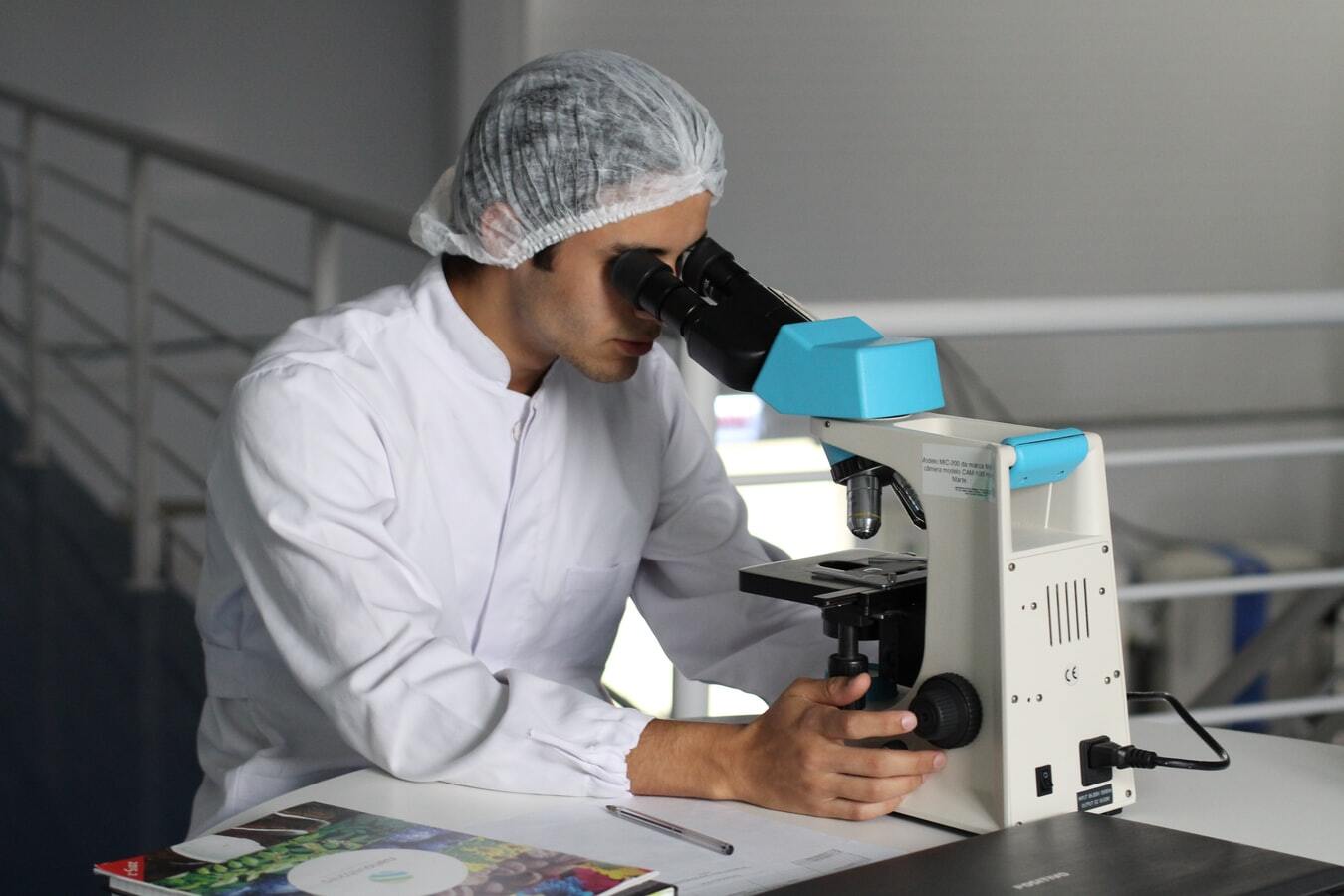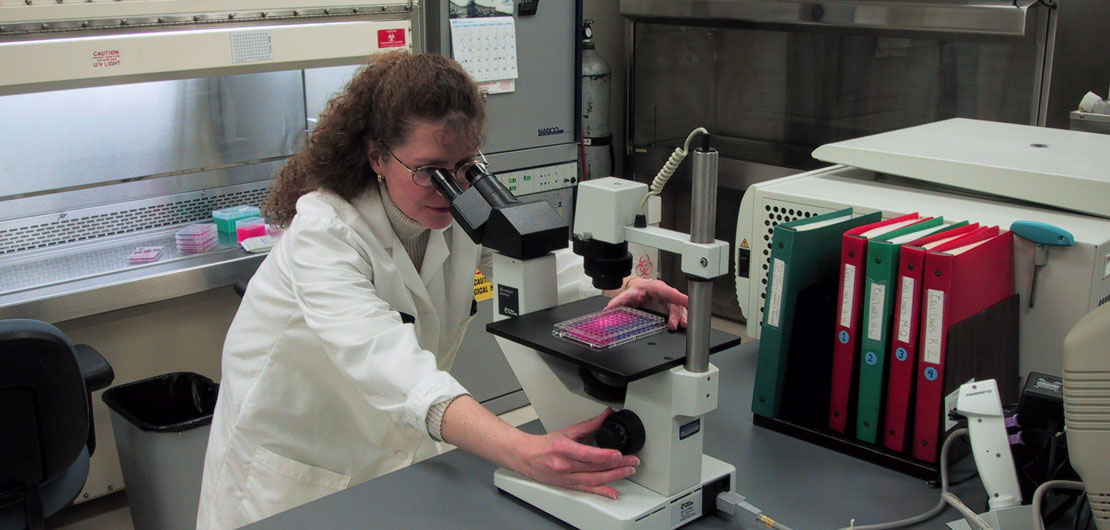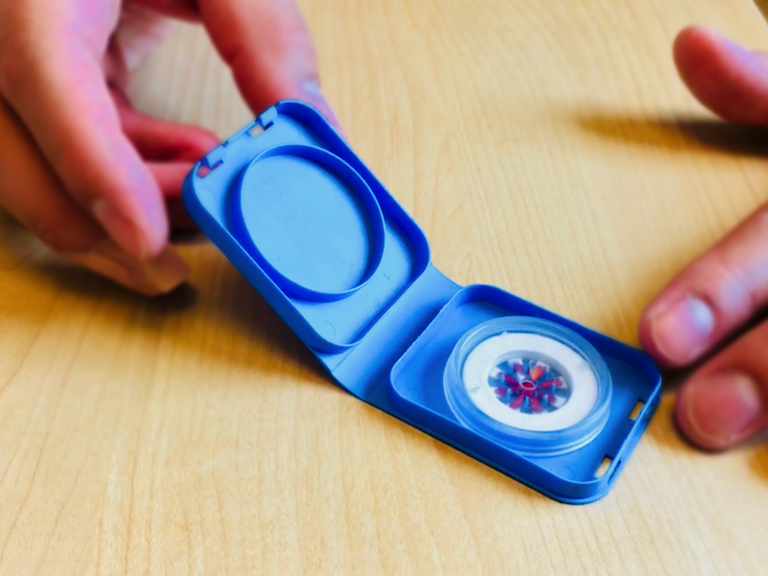Austin, TX June 16, 2014: Spot On Sciences, Inc., an Austin-based medical device company, has been awarded a two-year, $750,000 Small Business Innovation Research (SBIR) Phase II option contract from the Defense Advanced Research Projects Agency (DARPA) to continue developing and commercializing a transportable blood sampling device designed for general use.
Spot On Sciences completed product development at the end of its Phase I & II, $1.1 million program. The Phase II option of $750,000 will be directed toward scaling-up manufacture, quantitation methods and producing field-use data.
The HemaSpot™ device, developed by scientists at Spot On Sciences under a DARPA SBIR Phase I award, is based on dried blood spot (DBS) technology, which is best known for newborn screening. The patented device allows blood sample collection to be performed away from a lab, improves sample quality, simplifies collection, and allows for stable sample storage for years at room temperature. Recognizing the potential of the HemaSpot™ device for improving point-of-care testing of military personnel, DARPA is supporting further research.
“Receiving additional funding from the option contract is key to our efforts for ramping up our manufacturing efforts,” said Dr. Jeanette Hill, Spot On Sciences’ Chief Executive Officer. “We know from customer feedback that meeting a lower price point and improving and demonstrating analyte quantitation methods will ensure widespread adoption of our products.”
The single-use HemaSpot™ device uses a finger stick to collect and dry two drops of blood within a protective cartridge. Once dried, the sample is stable at room temperature and can be safely and easily shipped to a diagnostic test site for analysis. Traditional DBS involves a multi-step process that is subject to errors from moisture, contamination, and sample loss. HemaSpot’s™ innovative design addresses these problems, streamlining the entire process. Common disease markers can be measured including proteins, nucleic acids and small molecules.
“We are seeing real traction around the world for infectious diseases and medical research, especially in the area of HIV testing,” continued Dr. Hill. “This contract will help drive those efforts as we help solve accessibility, transport and sample quality issues in the field.”
About Spot On Sciences
Spot On Sciences, Inc., located in Austin, Texas, is a medical device company that is actively developing innovative methods for collecting and storing biological fluid samples. The company’s current product, HemaSpot™, allows for simplified blood sample collection and storage for dried blood spot (DBS) testing. More than 20 billion blood tests are performed annually worldwide with in vitro diagnostics showing sales of an estimated US$28.6 billion worldwide. Spot On Sciences aspires to change existing paradigms in this mature market with technologies that simplify processes, save time and reduce costs. The firm’s success has been recognized with many awards including the Cartier Women’s Initiative Award (2011), SXSW Interactive Accelerator (2013), RISE Global Pitch Competition (2013), 1776 Challenge Cup – Health category (2014) and the SXSW Austin Venture Awards (2014).













